Spectroscope Backstory
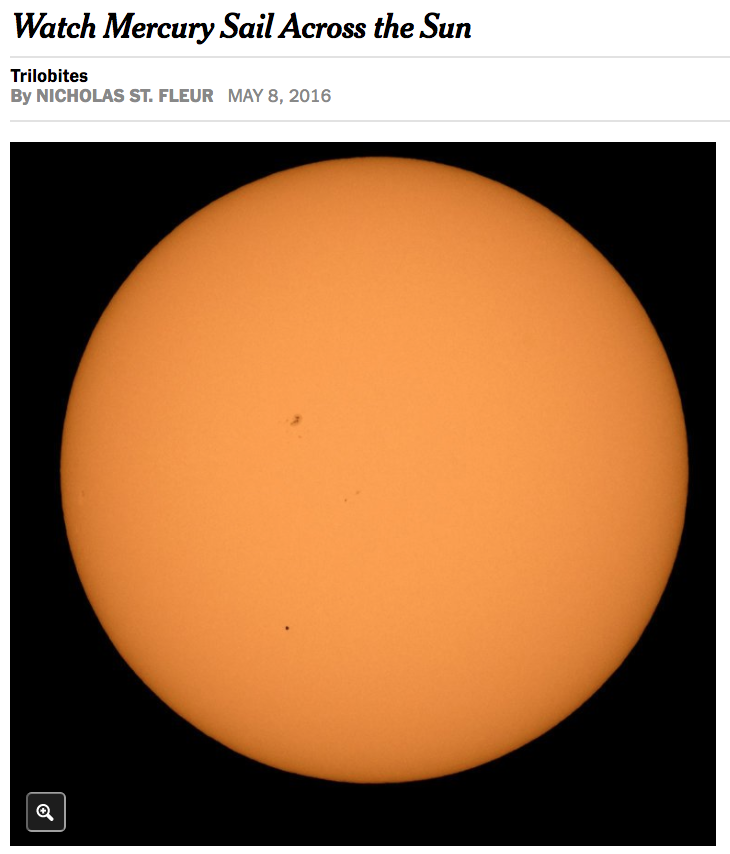
On Monday, May 9th, 2016 I saw this article on the front page of the New York Times, announcing a ten-or-so-times-in-a-lifetime opportunity to watch Mercury's path across the sun. Obviously, I dropped my plans and threw together a quick astronomy lesson and a pin-hole camera.
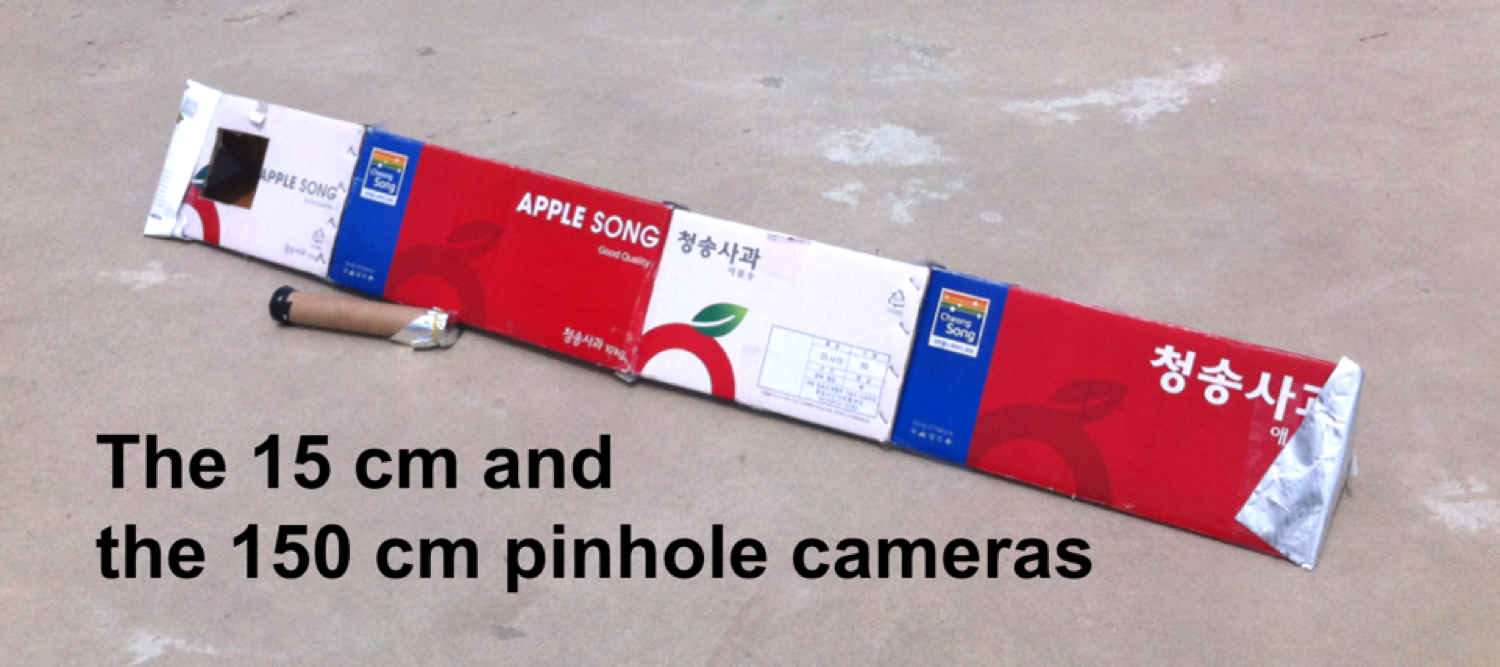
The previous transit (Venus, June 2012) caught me equally unaware. With a very confused dog watching me - "Why aren't we in our comfy air-conditioned apartment!?" - I built first a 15-cm and then a 150-cm long pinhole camera that projected an image of the sun onto a sheet of white paper.
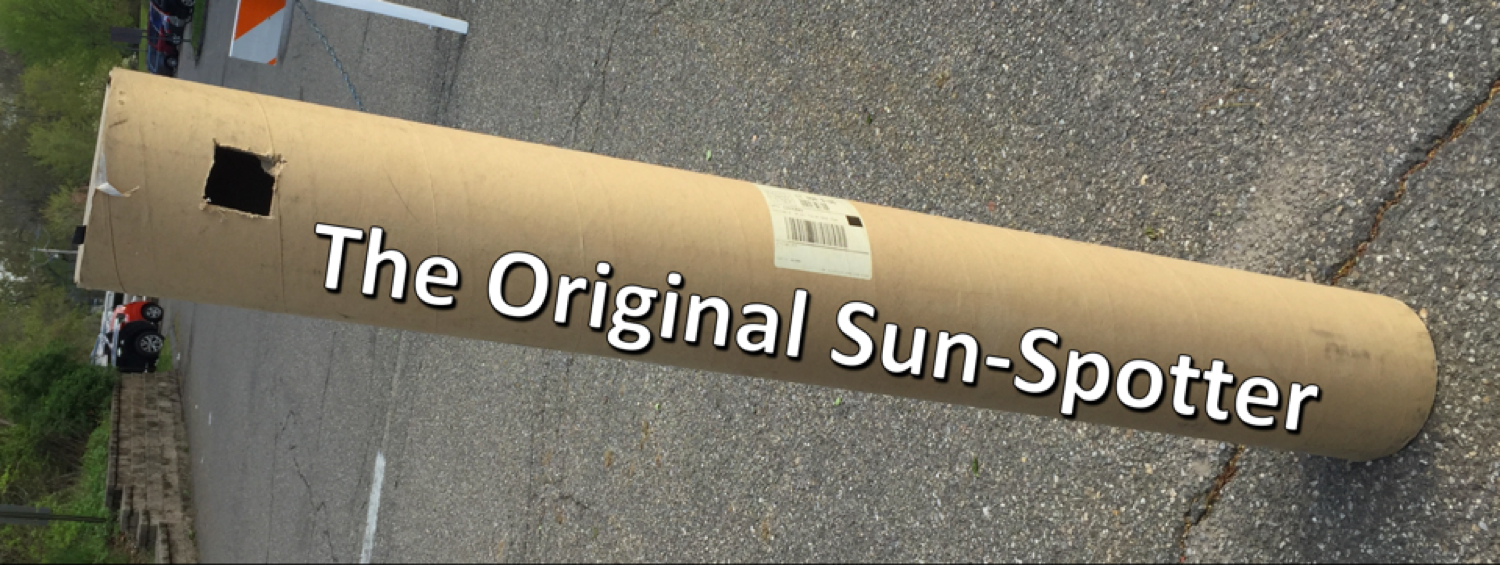
One of the best parts of teaching physics is all the cool stuff in the back room. This year, rather than taping together the cardboard from my apple box, I just had to cut a hole in the 1.8 m long cylindrical packaging to a resonance tube.
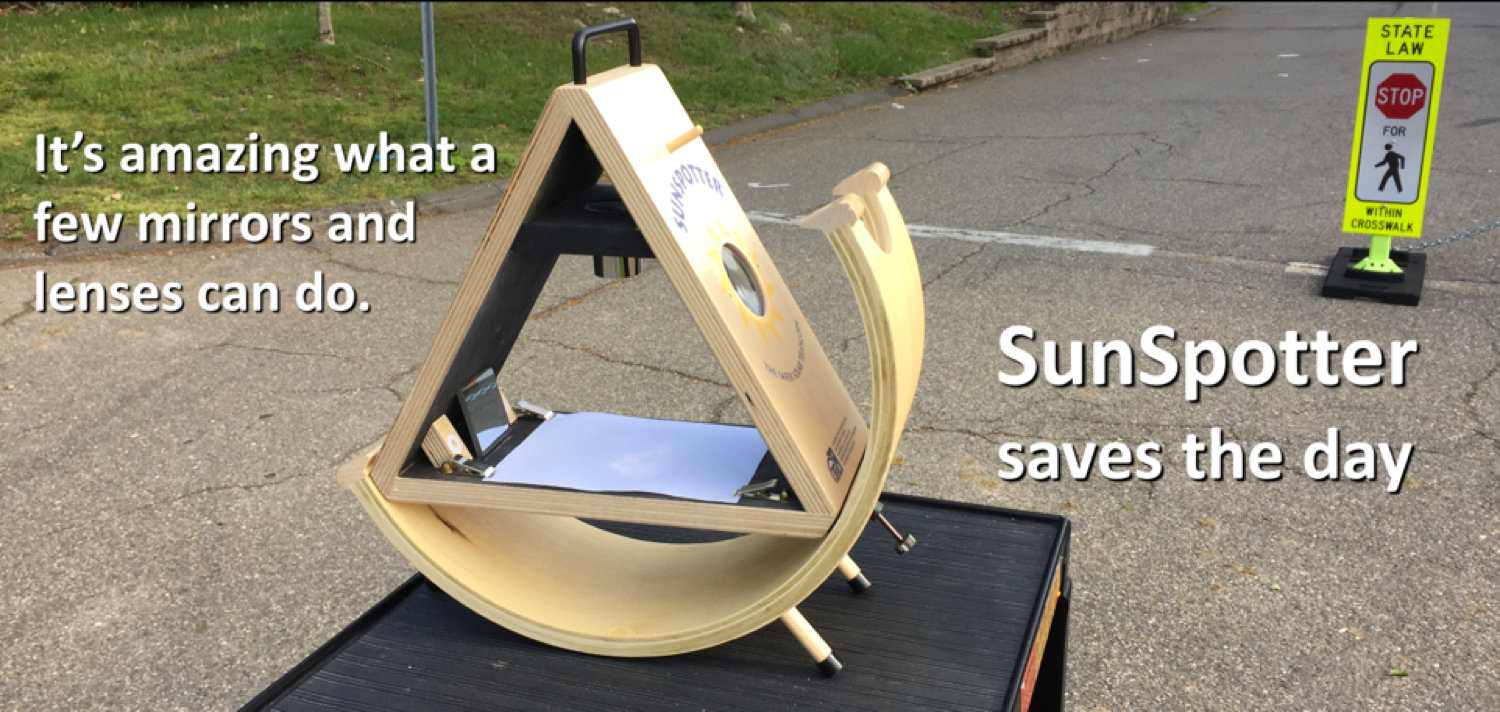
As much as I enjoyed taking a hacksaw to school propery, it turned out to be unnecesary. The astronomy teacher had a sun-spotter that quickly and easily bends and focuses sunlight through a series of mirrors and lenses.
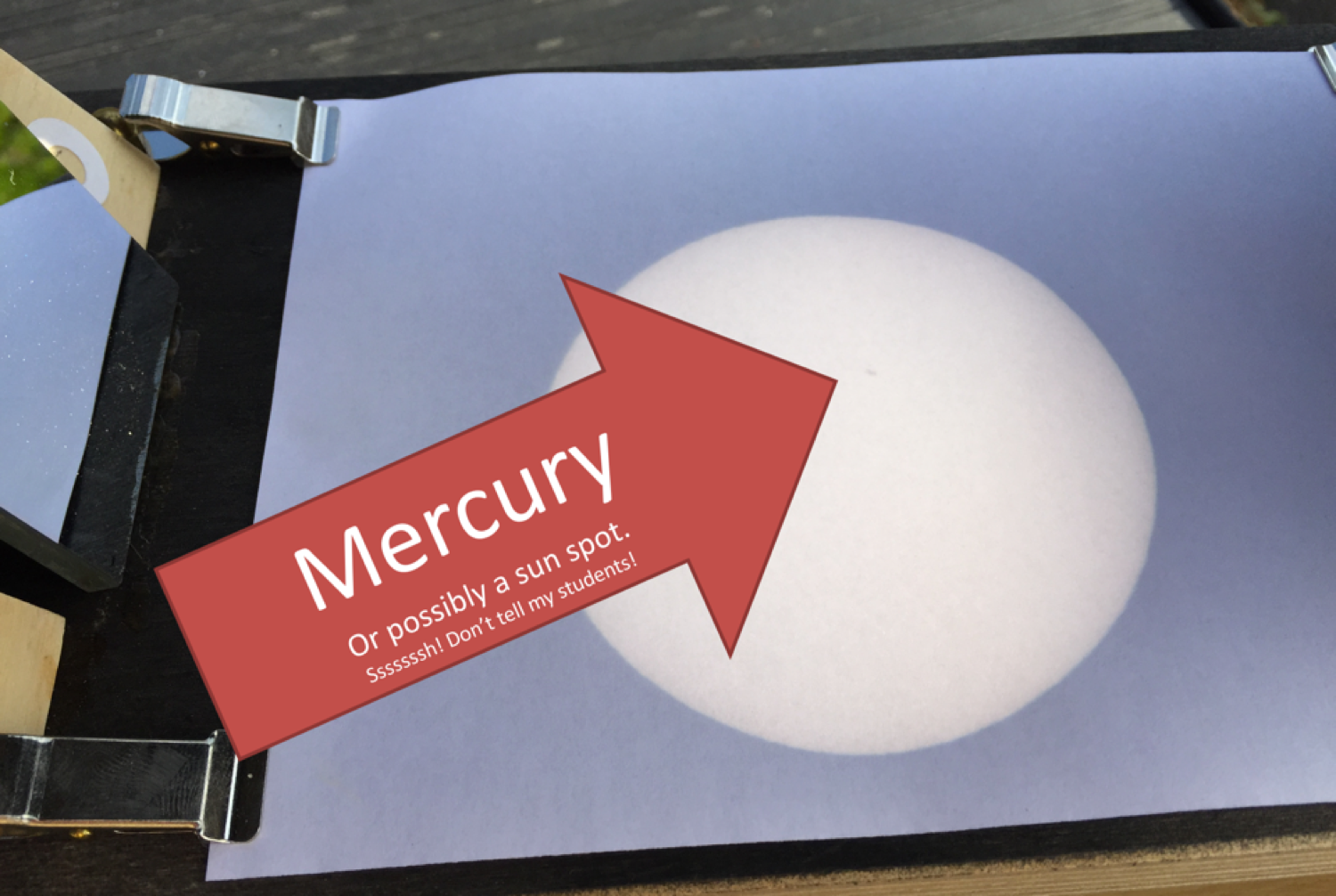
At the end of this process is a clear, 8 cm wide image of the sun that showed both a sun spot and Mercury.
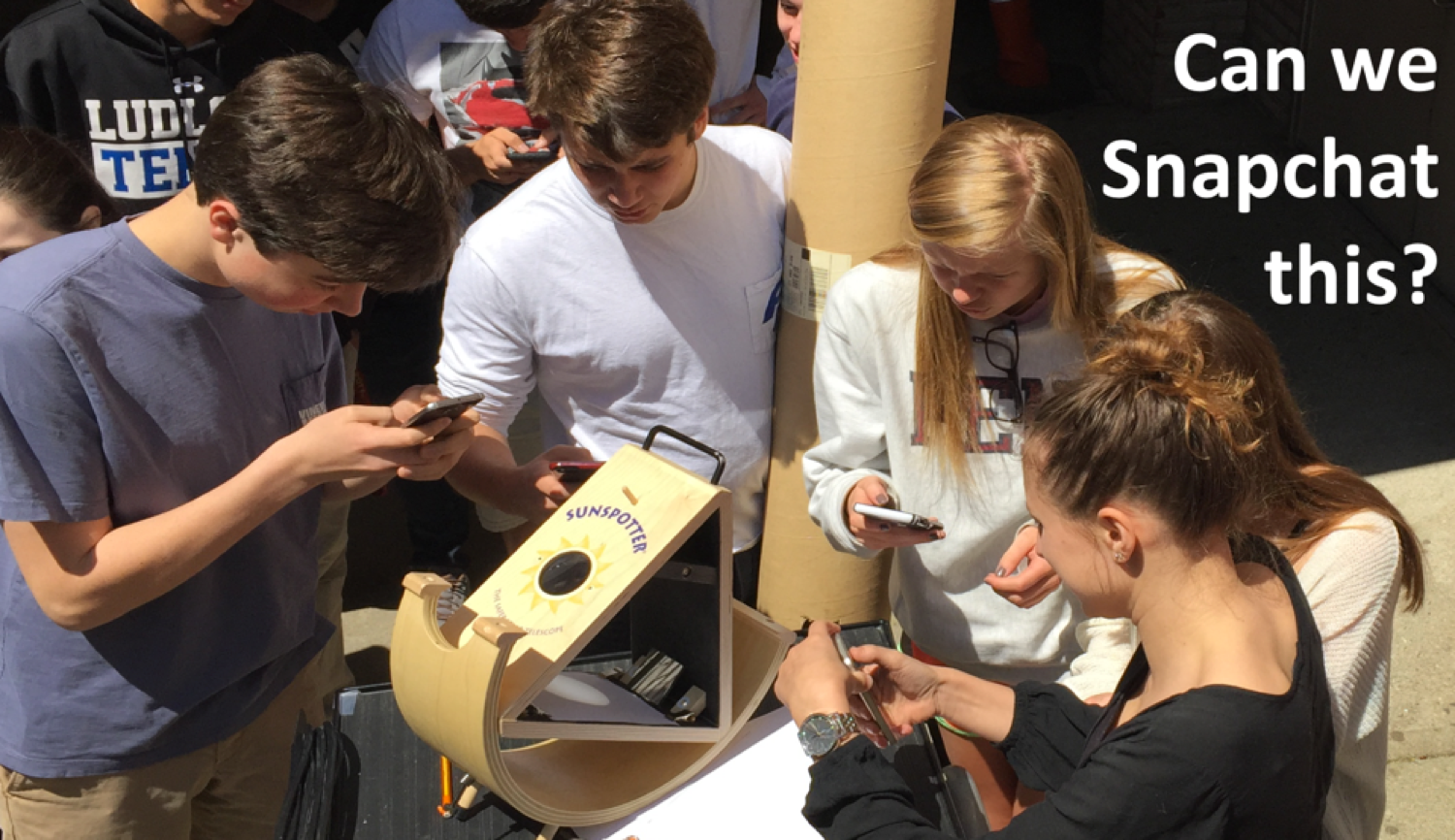
The students thought this was pretty cool.
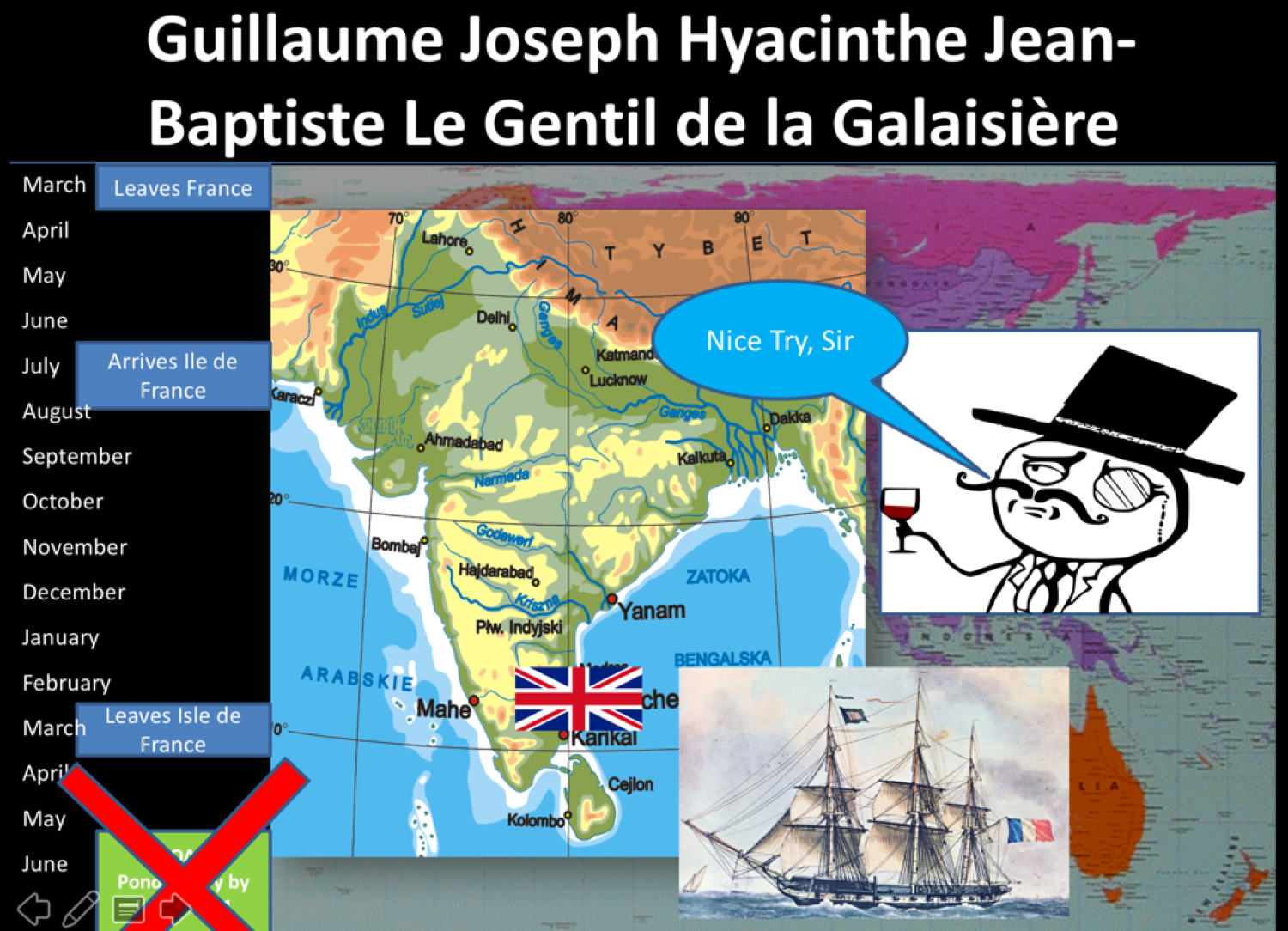
Back in the classroom, the transit prompted a discussion of astronomy and astronomers, starting with the sad tale of Guillaume Le Gentil. I explained that the detectors in telescopes were really just fancy versions of the detectors in our cell phone cameras, and here the idea was born.